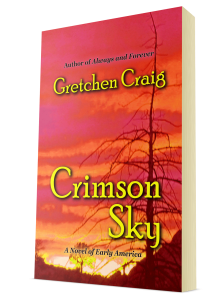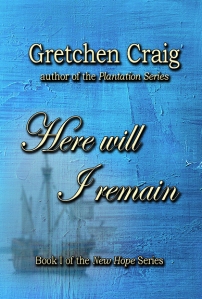WHY IS NEW ORLEANS WHERE IT IS?
This boiling fountain of death is one of the most dismal, low, and horrid places, on which the light of the sun ever shone. And yet there it lies under the influence of a tropical heat, belching up its poison and malaria . . . the dregs of the seven vials of wrath . . . covered with a yellow greenish scum. (A visitor to New Orleans in 1850; “How Humans Sank New Orleans,” The Atlantic, 2/9/2018)

Swamp Wetlands Marsh Delta near Texas Louisiana Border Aerial drone shot over Lost Lake and Found River area
And yet, Jean-Baptiste Le Moyne, Sieur de Bienville, said let’s build a city right here, among the serpents, alligators, insects, heat, humidity and suspect water sources. And so they did.
Why here? Two answers: geography and one man’s profit.
The Mississippi River is extraordinarily tricky in its lower reaches. It twists and turns, it has multiple currents within its banks, some faster than others, some actually contrary, all of them changeable. And as it flows into its massive delta, the river splits and braids into a nightmarish maze of channels. Early European explorers had plenty of challenges going downriver to find the Gulf. Those who started in the Gulf and looked for the river’s mouth were stymied. Took a lot of time and effort and luck to figure out which of many streams would take them into the main body of the river.
So, okay, they finally found the best way in. The banks were shallow, all around was marsh and swamp. So they sailed on further and further inland. Not until they got up to where Baton Rouge is now, 200 miles from the Gulf, did they find stable, high ground. Looked like the best place to build a city, but it was an awful long way upriver from the Gulf of Mexico. Still, they needed to create a port if they were to take advantage of all the goods and wealth of the continent’s French-held interior flowing out to the Gulf, to the Atlantic, and back to France. Where else might they build a new city?
Well, Sieur de Bienville was a young mover and shaker in the nascent colony, and he happened to have been granted land (by good, kind, generous King Louis) at a spot where the river makes a bend. When a river bends, it throws up silt and detritus and more silt and detritus until it has raised up a substantial levee. At this point, where Bienville had an interest, the banks were higher than most anywhere below Baton Rouge, ten to fifteen feet above the water. Though the higher ground was “nothing more than two narrow strips of land, about a musket shot in width . . . surrounded by canebrake and impenetrable marsh,” it looked pretty good compared to the swampy ground elsewhere. (quote from The Atlantic article)
Another advantage of this site was its proximity to what the French named Lake Pontchartrain. Settlers had easy access to Pontchartrain from the ridge that became New Orleans, and thereby, weaving through bayous and streams and lakes, one could access the Gulf, and the French fleet, and cut about 125 miles from simply following the river downstream to its mouth.
And then there was the profit motive. If Bienville could persuade other enterprising Frenchmen to settle here and begin growing tobacco to export, that would be a very good thing for France and an even better thing for him as the landlord of all those growers.
Frenchmen were mad for tobacco, and the king saw all that pocket money for tobacco going into English coffers because they had the tobacco market cornered. Alas, the Louisiana tobacco industry never took off. They tried, but conditions were just not right and the quality of their tobacco could not rival that of Virginia and the Carolinas.
Even so, there were furs and hides and other goods from the hinterlands to export, but they needed a port first. So New Orleans was born, right there where the French Quarter, the Vieux Carré, invites you to eat oyster po’boys and gumbo filé today.
Why name it New Orleans? King Louis XV was just a boy, and the regent, who really ran things back home in France, was le Duc d’Orléans. Never hurts to honor the man in power.
Those intrepid French men and women who stuck it out and created Louisiana were a tenacious lot. Success was not assured, and conditions were brutal. I’m pretty sure I would have chosen to stay in France where there were no gators (though come to think of it there are gators in the pond near my house here in Florida . . . ) or snakes (well, the back yard . . . it’s Florida, after all) — well, I’d prefer to live in a place with a decent nail salon and good French wine.
This is a simplified version of the infighting and exploring and confusions at the time. If you want to know more, I recommend Lawrence N. Powell’s The Accidental City: Improvising New Orleans, Harvard University Press, 2012.




